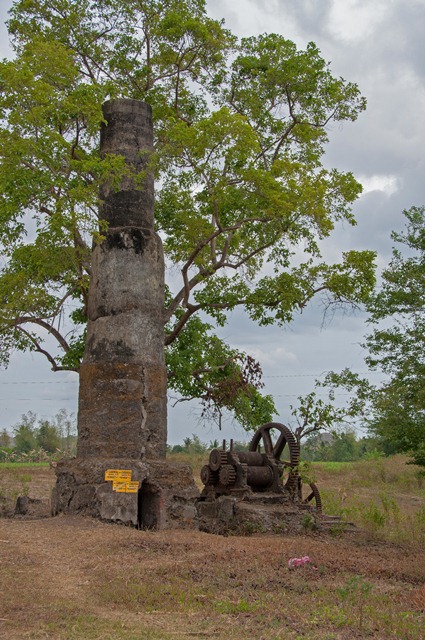The annual celebration of Salakayan Festival of Miagao draws support
from various organizations and groups especially those living and working
abroad, inviting them to come home and re-discover the strength, talent, and
beauty of their town and its people. As the community immerse themselves in the
frenzied observance of their 297th town fiesta this year, the
celebration will highlight the 15th Salakayan Festival with the
theme, “Saulugon: Dugong Miagawanon”
on February 2 -10 with the much-anticipated tribe competition on February 9
(Saturday) at 8 a.m.
Taken from the Hiligaynon word “Salakay”
or “to attack,” the tribe competition
remains as the favorite of all special events during the 9-day long
celebration. It gathers the largest crowds of spectators year after year, from
its farthest Barangay, to witness their favorite tribe perform.
The dance-drama competition is marked by the dramatic presentation as interpreted
by groups through dance as it trace back the historic battle that took place in
the town where the locals successfully defended their town from the attack of
the barbaric Sulu pirates in May 7, 1754.
Spanish chroniclers have recorded major slave raids that engulfed the coastal
communities especially in the Visayas where men, women and children were
captured and sold in Sulu and Java to work in the fields; bartered off to
merchants for other Asian markets; some were used as household retainers others
as rowers of pirate vessels.
Ancestral settlement
near the sea became the objects of frequent Moro raids. Pirates attacked and
enslaved Christian-Filipinos. Their invasions left tracks of death, blood, and
ashes. The
peaceful community of Miag-ao was not spared from these raids that resulted to
the burning of the original church that was situated at that time in Barangay
Ubos.
Along with the tribal dance competition is a special procession of the Gigantes or towering figures that
commonly depict archetypes of the town, such as historical figures of local
relevance. The festival is an opportunity for the people to
pay tribute to their cultural roots.
The Higantes is another feature of the festival
tradition. Mammoth papier mache
figures rising from 10-15 feet in height with bodies in large bamboo or wire cages, draped in yards of colorful
cloth. A man slips under each giant, holding up its torso with a metal or
bamboo pole to make it walk, seeing his way through an eyehole somewhere in the
giant’s clothes. The Higantes are crowd-drawers of the tribal dance
competition.
The
municipality of Miagao is 40.5 kilometers south from Iloilo City. It is bounded by the towns of Igbaras to the
northeast, by Guimbal to the east, by San Joaquin to the west and by the
municipality of Sibalom in the province of Antique to the northwest. It is comprised
of 199 barangays sharing a land area of 13,286 hectares. To get to the town, one can take a jeepney at the Don
Benito Q. Acap Sr.
Southern Iloilo Perimeter Boundary Terminal in Barangay Mohon, Oton, Iloilo. Metered
taxis are also available at the terminal.
If you are holidaying Iloilo, enjoy some day excursions to the different
attractions of this historic town. For
more information, please contact, Mr.
Edison Molanida-Municipal Tourism Officer at 09206995881.













+-+Copy.jpg)


+-+Copy.jpg)







+-+Copy.JPG)

+-+Copy.jpg)







.jpg)
.JPG)
.jpg)


.JPG)
.JPG)
.JPG)






